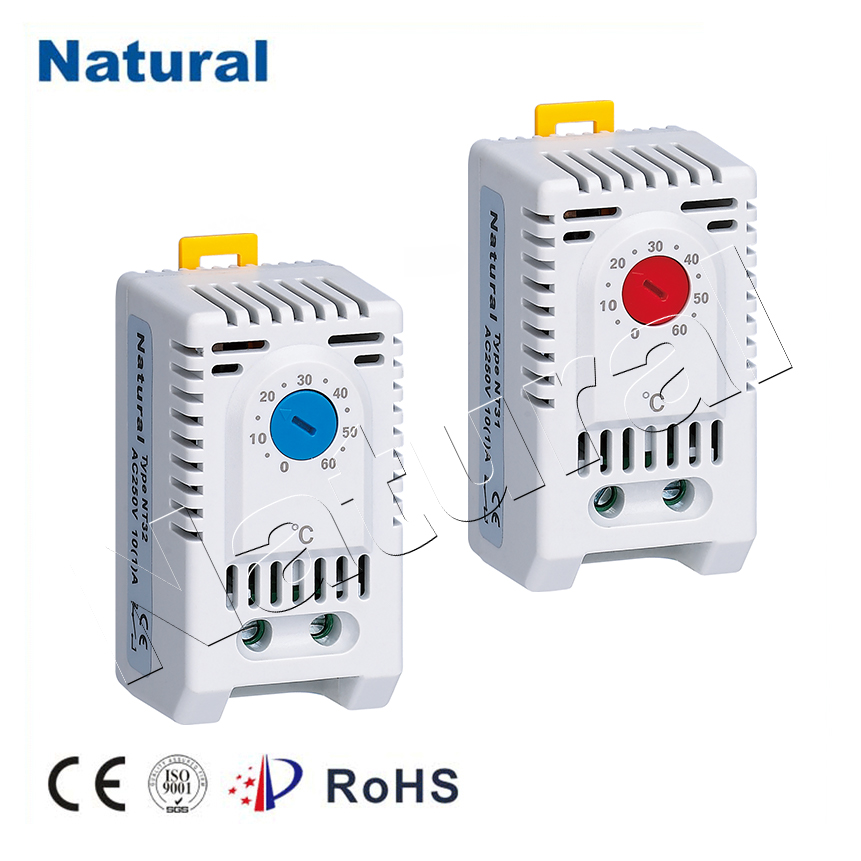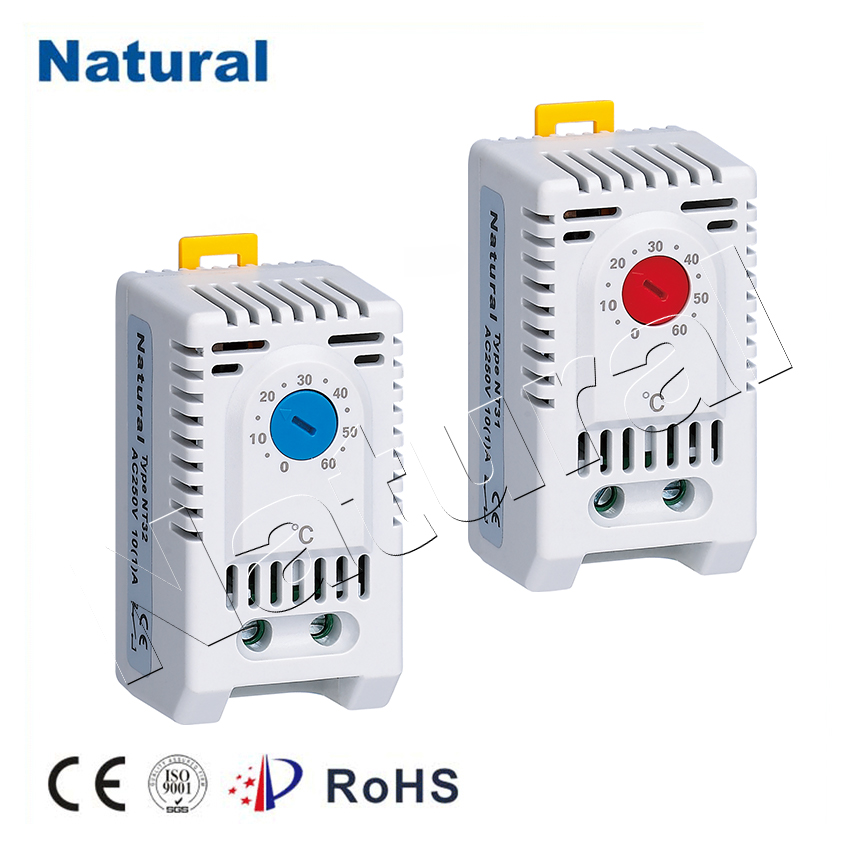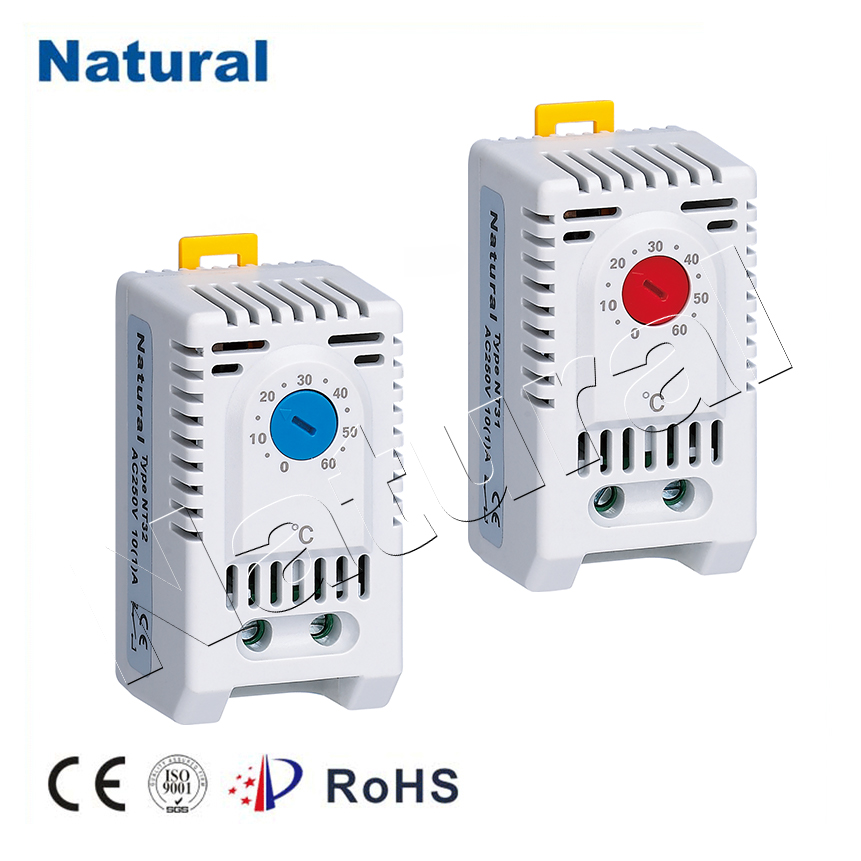In today’s world of automation and precision control, the importance of efficient temperature regulation cannot be overstated. Among various devices used for this purpose, the DIN thermostat stands out as a reliable and widely accepted solution in many industries. This article will explore what a DIN thermostat is, its features, advantages, applications, and maintenance tips.

What is a DIN Thermostat?

A DIN thermostat is a temperature control device that follows the Deutsches Institut für Normung (DIN) standards, a set of German industrial standards that define the technical specifications for various equipment. This type of thermostat is commonly used in heating, ventilation, and air conditioning (HVAC) systems, as well as in industrial applications where precise temperature management is crucial. Typically, a DIN thermostat includes several core components: a sensing element (which can be a thermocouple, thermistor, or bimetallic strip), a switch or relay, and a dial or digital interface for setting the desired temperature. They can be either mechanical or electronic, with electronic models often providing more precise temperature control and additional features.
